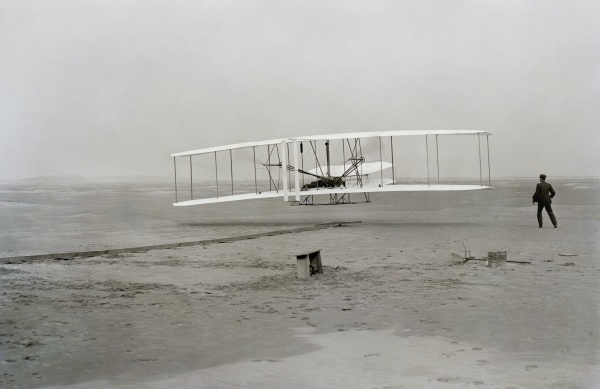Facts About Wright Flyer
The Wright Flyer occupies a preeminent place in aviation history as the first successfully powered aircraft. Built by the Wright brothers, it achieved controlled, sustained flight with a pilot on board on December 17, 1903, near Kitty Hawk, North Carolina. Today, this iconic aircraft is displayed at the National Air and Space Museum in Washington D.C.
The Wright brothers leveraged their experience with gliders to design and construct the Flyer. It featured a biplane configuration and a canard design for pitch control. Their flights at Kitty Hawk marked the dawn of the pioneer era of aviation.
The Wright Flyer's impact on aviation was monumental, particularly in the areas of roll and yaw control. The Wright brothers pioneered the use of wing-warping and a foreplane for pitch control, innovations that eventually led other aviators to develop ailerons. The Flyer's efficient wings and propellers were crucial to the Wrights' success in achieving controlled flight.
After its historic flights, the Wright Flyer was stored away for many years before being restored in 1985. Several reproductions have been built for both demonstration and scientific purposes, with notable flights commemorating significant anniversaries of the original flight. Parts of the original Flyer even made a trip to the Moon and back, symbolizing the extensive influence of the Wright brothers' achievement.
The legacy of the Wright Flyer is preserved in various museums and institutions worldwide. Its specifications, including dimensions, weight, and performance characteristics, are well-documented. Celebrated globally for its historical significance, the story of the Wright Flyer continues to inspire advancements in aviation technology and innovation.

 Mexico
Mexico